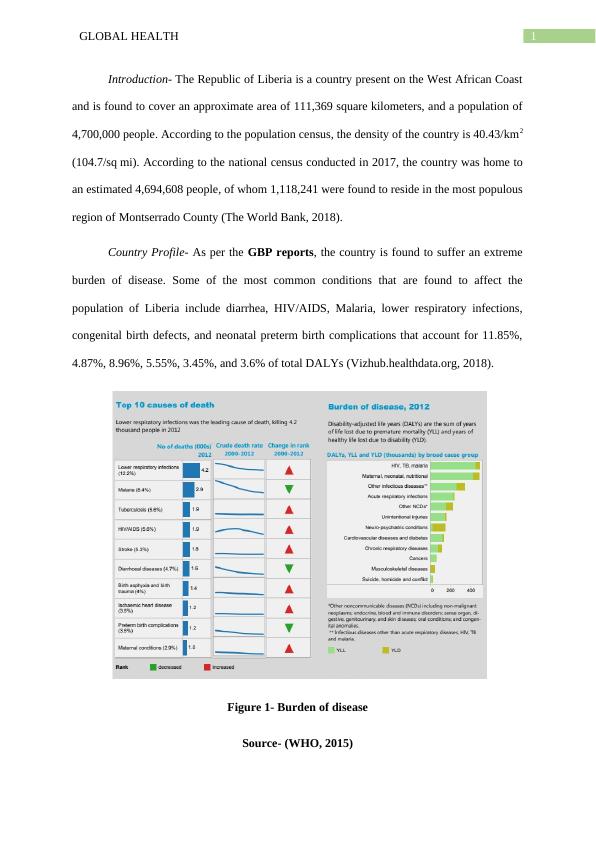Global Health: A Profile of Liberia
Added on 2023-06-03
8 Pages1125 Words267 Views
End of preview
Want to access all the pages? Upload your documents or become a member.
Depression among the Elderly in India
|14
|2779
|115
Analysis of a case study on sickle cell anaemia: Risk factors, pathophysiology, physical and psychological challenges, and nursing care plan
|18
|5528
|302
Medical 3 Assignment 2022
|5
|832
|11
Community Assessment Report docx.
|6
|1531
|12
Anxiety is the most common mental illness
|10
|3421
|24
Country Profile: Nigeria
|1
|707
|83



